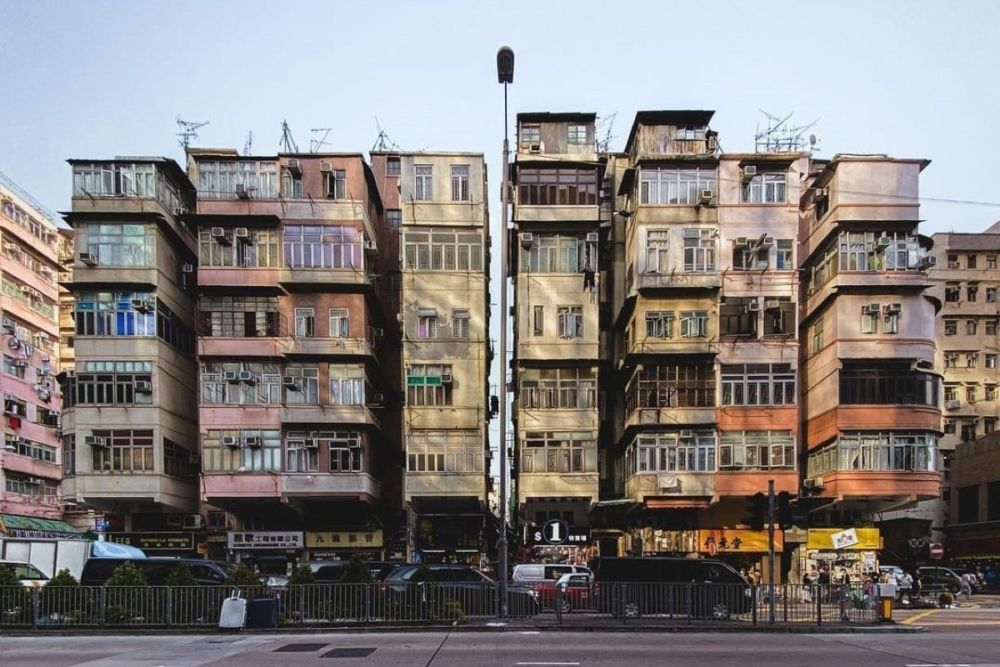Far from the well-trodden tourist circuits of Southeast Asia lie small weaving villages in northern Laos, where traditional hand-loom weaving endures as a way of life. These villages — often overlooked by mainstream travel guides — preserve intricate fabric traditions that date back centuries: villagers spin their own cotton or silk, dye threads with natural pigments, then weave cloth adorned with patterns that tell stories of ancestry, landscape, and community identity. Visiting these villages offers more than just a glimpse at colourful textiles — it immerses travellers in a rhythm of life deeply connected to heritage, craft, and culture.
Despite modernisation and economic pressures, some communities have worked to keep the craft alive. Younger generations, rather than abandoning their ancestral skills, engage in weaving cooperatives and small-scale workshops to revitalise local traditions and generate income. Through this resurgence, travellers can witness weaving processes first-hand — from spinning and dyeing to loom work — and even purchase handmade textiles directly from artisans. This supports cultural preservation and gives visitors meaningful souvenirs that carry more than just aesthetic value.
The significance of these weaving villages goes beyond textiles. They embody a living heritage: traditional craftsmanship, transmission of skills across generations, and sustainable community-based tourism that respects local culture and ecology. For travellers seeking authentic cultural experiences, exploring these remote weaving villages in northern Laos provides a rare chance to connect with heritage in an intimate, respectful way — a journey that goes beyond sightseeing and resonates long after the trip ends.




